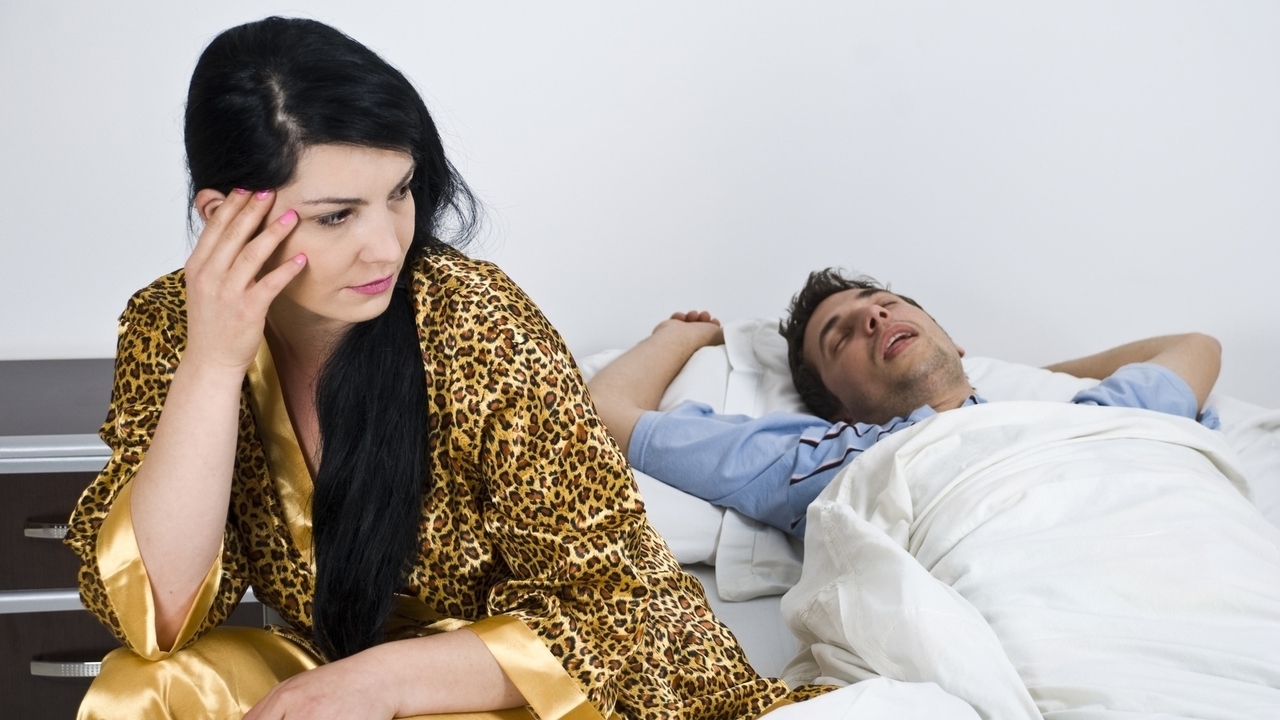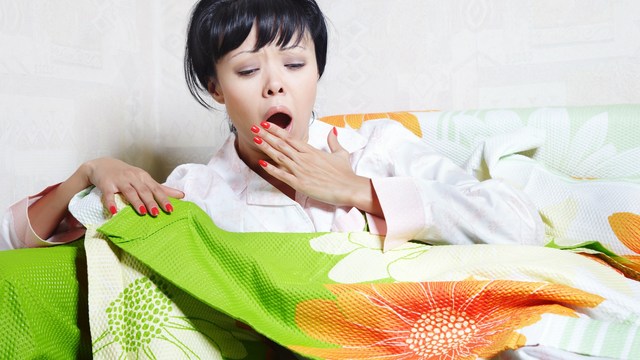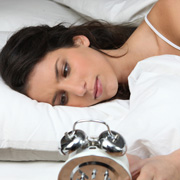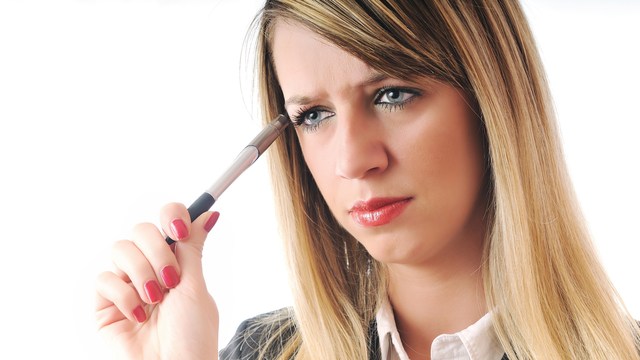Sleep Apnea is a potentially life-threatening sleep disorder that has roots in your airway passage. In case you suspect you have sleep apnea on the basis of your partner’s complaints of snoring, you may want to consult a doctor. Here’s what you can ask your doctor on your first visit, to show that you are an involved patient who would like to get their facts:
1. What exactly is sleep apnea and what type of sleep apnea do I have?
The sleep apnea condition is characterized by a disturbed state of sleep in which you pause breathing several times (up to 30 times) every hour while sleeping and for anything between a few seconds to a minute each time. Resumption of breathing is generally automatic and follows choking or gasping for breath.
2. What will be the line of treatment (especially medication) the doctor will follow?
The line of treatment depends upon the type of sleep apnea you have and the acuteness of your condition.
3. Will the treatment also require physiotherapy or an invasive procedure like an operation/surgery? If your case so requires (and as per the judgment of your doctor), you could be prescribed with invasive procedures such as mandibular myotopy, somnoplasty, uvulo-palato-pharyngoplasty or tracheotomy.
4. Will I be fitted with a breathing device? What sort of device is it and how will it help me? It is not essential that you will have a device to consider. However, you could be fitted with any of the following devices depending on your case (type and seriousness of condition):
• CPAP- The Continuous Positive Air Pressure is a customized device generally recommended for moderate to severe cases of OAP. It is a strap-on mask-like device to be worn at bedtime that provides rhythmic pressurized air with a built-in humidifier to prevent the air passage from collapsing.
• OAT-The Oral appliance Therapy is a dental device which pushes the lower jaw (mandible) forward, elevates the palette and lowers the tongue to open the airway. It is also used on OAT patients only.
• Bi-PAP – The Bi-Level PAP is used in severe cases. The device switches between higher (while inhaling) and lower pressures (as prescribed by the doctor for you) during exhalation to make for easier breathing.
More questions that should be on your list are chalked out in part two of this article.
Mamta Singh is a published author of the books Migraines for the Informed Woman (Publisher: Rupa & Co.) and the upcoming Rev Up Your Life! (Publisher: Hay House India). She is also a seasoned business, creative and academic writer. She is a certified fitness instructor, personal trainer & sports nutritionist through IFA, Florida USA. Mamta is an NCFE-certified Holistic Health Therapist SAC Dip U.K. She is the lead writer and holds Expert Author status in many well-received health, fitness and nutrition sites. She runs her own popular blogs on migraines in women and holistic health. Mamta holds a double Master's Degree in Commerce and Business. She is a registered practitioner with the UN recognised Art of Living Foundation. Link: http://www.migrainingjenny.wordpress.com and http://www.footstrike.wordpress.com






Add a Comment2 Comments
Thank you for your contribution. It is greatly welcome and appreciated as more readers will tune into what you have found successful and effective. It gives them more options to discuss with their doctor. Information is empowerment.
May 6, 2010 - 12:34pmThis Comment
There really is a better way to deal with sleep apnea than CPAP or surgery. I spent 4 years studying sleep apnea and I believe that the root cause is due to the attenuation of the signal from the brain to the diaphragm muscles when the sleeper enters stage II sleep. This un-intended side-effect of the "reduction of muscle tonus" that occurs during this transition causes breathing to stop. Then, when the CO2 level gets too high, the sleeper makes a rapid inhalation DRAGGING the soft tissue into the airway, obstructing it and waking them up. The reduction of the signal from the brain is causing the problem.
April 8, 2010 - 2:38pmSo... I found this herbal combination product that INCREASES the signal and keeps the breathing going. This addresses the root cause so you don’t make a rapid inhalation and drag the sagging tissues into the airway. The stuff is called Sleep Apnea Relief and I buy it from Nature's Rite. I've been using it for 4 years and it is really great. So you don't have to use CPAP. I just wanted to let you know.
This Comment